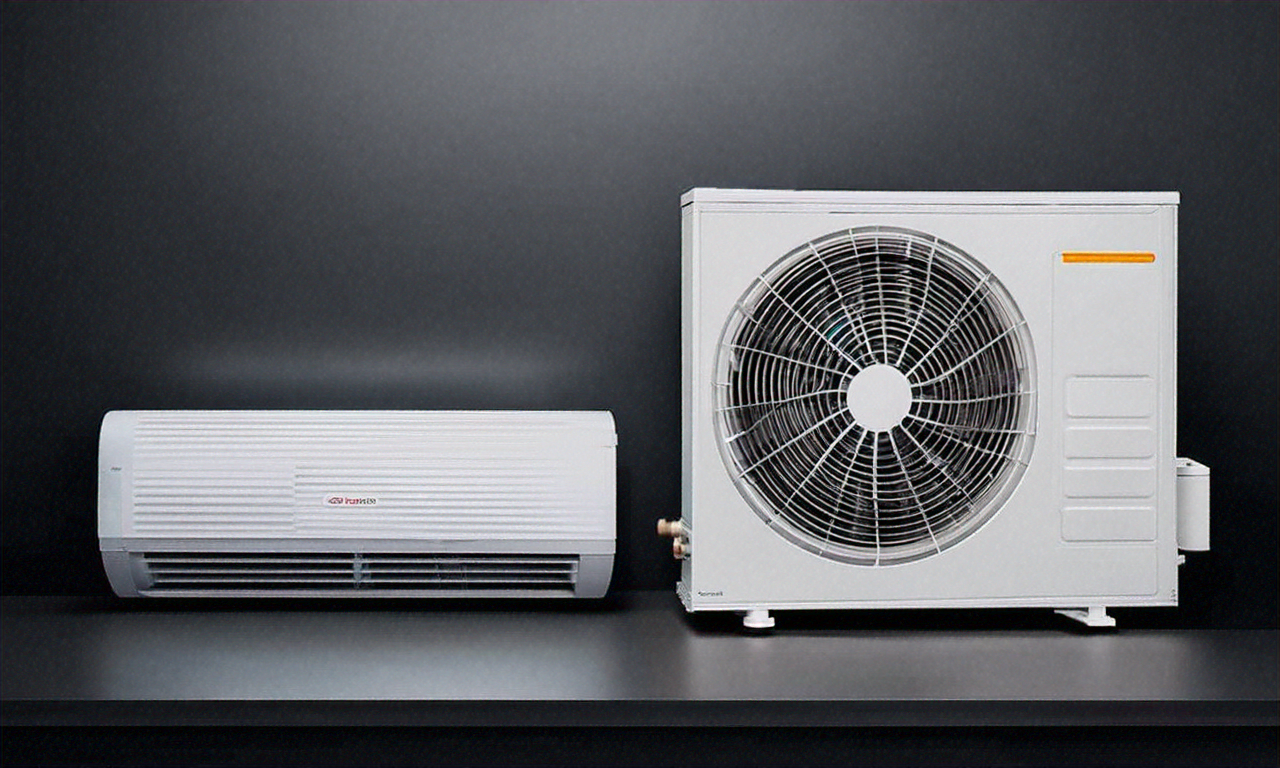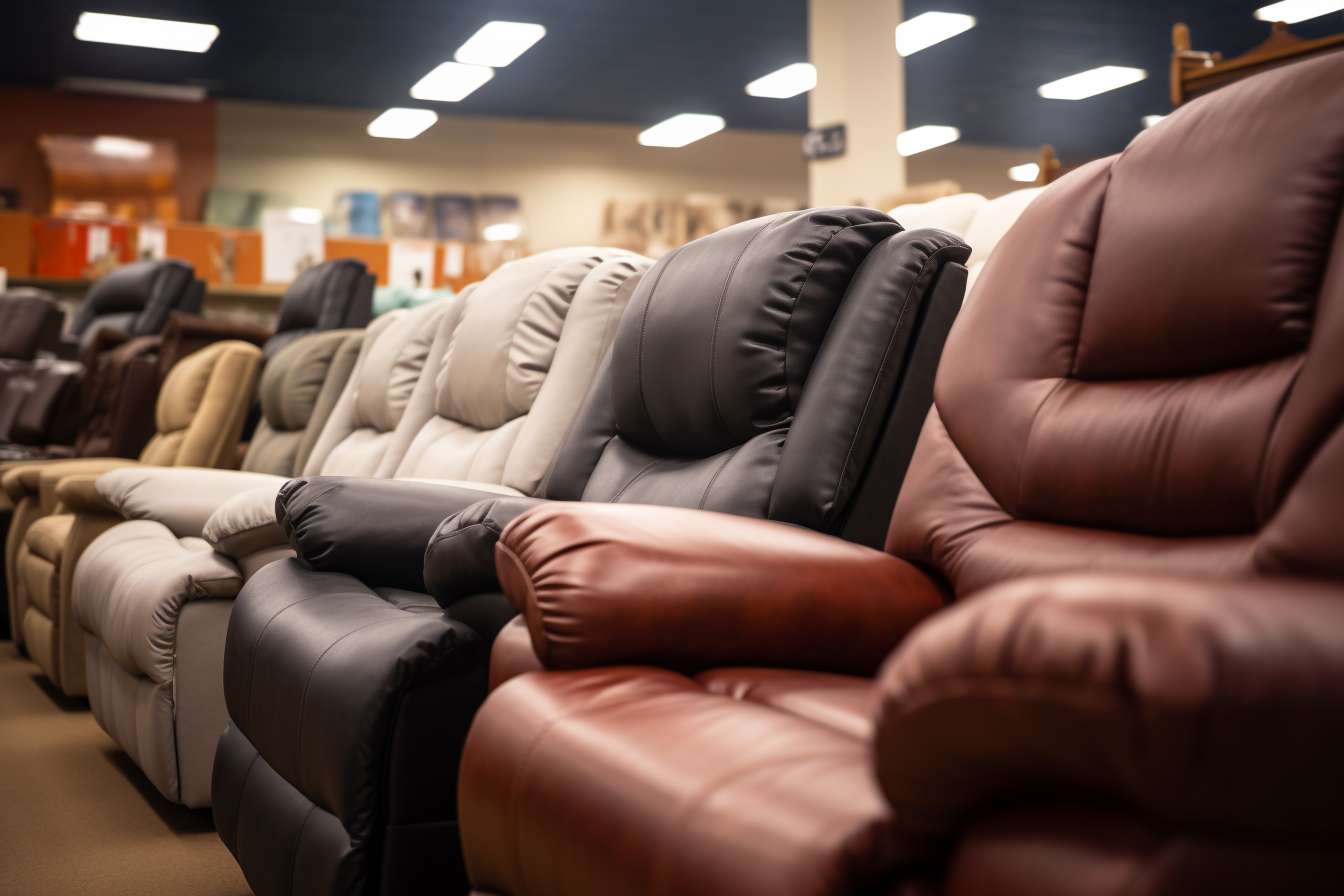Ductless Air Conditioners Guide
Ductless air conditioning systems, also known as mini-splits, have become increasingly popular among homeowners seeking efficient, flexible cooling solutions. These systems offer an alternative to traditional central air conditioning by providing targeted climate control without the need for extensive ductwork installation throughout your home.

What Is a Ductless Air Conditioner and How Does It Work?
A ductless air conditioner consists of two main components: an outdoor compressor unit and one or more indoor air-handling units. The outdoor unit houses the compressor, condenser, and expansion valve, while the indoor units contain the evaporator and air distribution system. These components connect through a small conduit that contains refrigerant lines, power cables, and drainage tubing.
The system works by circulating refrigerant between the indoor and outdoor units. The outdoor unit compresses the refrigerant, which then travels to the indoor unit where it expands and absorbs heat from your home’s interior air. The cooled air is then distributed directly into the room, while the heated refrigerant returns to the outdoor unit to release the absorbed heat and begin the cycle again.
Unlike traditional central air systems that rely on ductwork to distribute conditioned air throughout the home, ductless systems deliver cooled air directly into specific zones or rooms. This direct delivery method eliminates energy losses typically associated with ductwork, which can account for up to 30% of cooling costs in conventional systems.
Why Some Homeowners Choose Ductless Systems
Homeowners select ductless systems for several compelling reasons. Energy efficiency ranks as the primary advantage, as these systems typically achieve higher SEER (Seasonal Energy Efficiency Ratio) ratings compared to traditional central air units. The absence of ductwork eliminates energy losses and allows for more precise temperature control in individual rooms or zones.
Installation flexibility represents another significant benefit. Ductless systems work well in homes without existing ductwork, older homes where installing ducts would be impractical, or additions and renovations where extending current ductwork isn’t feasible. The installation process is also less invasive, requiring only a small hole in the wall to connect indoor and outdoor units.
Zone control capabilities allow homeowners to customize temperatures in different areas of their homes independently. This feature proves particularly valuable for families with varying comfort preferences or for conditioning only occupied spaces, leading to additional energy savings.
Things To Consider Before Installing a Ductless Air Conditioner
Several factors require careful consideration before installing a ductless system. Home size and layout significantly impact system selection, as larger homes may require multiple indoor units to achieve adequate coverage. Each indoor unit typically covers 300 to 700 square feet, depending on the model’s capacity and room characteristics.
Aesthetic considerations matter since indoor units mount on walls and remain visible in living spaces. While manufacturers have improved designs to be more sleek and unobtrusive, some homeowners may find them less appealing than invisible ductwork systems.
Climate conditions in your area also influence system effectiveness. While modern ductless systems perform well in various climates, including cold weather applications, extreme temperatures may affect efficiency and require backup heating solutions in some regions.
Professional sizing and installation prove crucial for optimal performance. Undersized systems struggle to maintain comfortable temperatures, while oversized units cycle on and off frequently, reducing efficiency and comfort. Local HVAC professionals can perform load calculations to determine appropriate system sizing for your specific needs.
Is a Ductless Mini-Split Right for Your Home?
Determining whether a ductless mini-split suits your home depends on your specific circumstances and priorities. These systems excel in certain situations while traditional options may better serve others.
Ductless systems work exceptionally well for single-story homes, apartments, condominiums, and homes with open floor plans. They’re also ideal for specific applications like conditioning previously unconditioned spaces such as garages converted to workshops, finished basements, or home additions.
Homes with existing ductwork in good condition might find central air conditioning more cost-effective for whole-house cooling. However, if your current ducts are damaged, poorly designed, or located in unconditioned spaces, ductless systems could provide better performance and efficiency.
Consider your family’s lifestyle and preferences. If different household members prefer varying temperatures in their spaces, zone control capabilities make ductless systems attractive. Conversely, if you prefer uniform temperatures throughout your home and don’t mind less individual control, traditional systems might suffice.
| System Type | Brand/Provider | Capacity Range | Estimated Cost |
|---|---|---|---|
| Single Zone | Mitsubishi Electric | 9,000-24,000 BTU | $3,000-$5,500 |
| Multi-Zone | Daikin | 18,000-48,000 BTU | $5,000-$10,000 |
| Hyper Heat | Fujitsu | 9,000-36,000 BTU | $3,500-$8,000 |
| Variable Speed | LG | 12,000-30,000 BTU | $3,200-$6,500 |
Prices, rates, or cost estimates mentioned in this article are based on the latest available information but may change over time. Independent research is advised before making financial decisions.
Installation costs vary based on system complexity, home characteristics, and local labor rates. Single-zone systems typically cost less to install than multi-zone configurations, and homes requiring extensive electrical work or challenging installation locations may incur additional expenses.
Ductless air conditioners offer an efficient, flexible solution for many homeowners’ cooling needs. Their energy efficiency, installation flexibility, and zone control capabilities make them particularly attractive for specific applications. However, careful consideration of your home’s characteristics, aesthetic preferences, and cooling requirements will help determine whether a ductless system represents the right choice for your situation. Consulting with qualified local HVAC professionals ensures proper system selection and installation for optimal performance and longevity.




